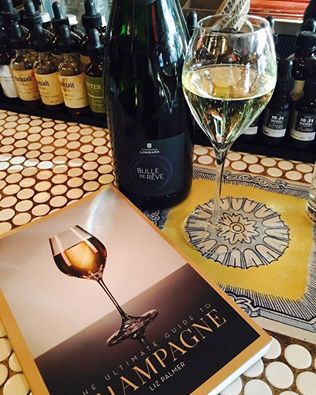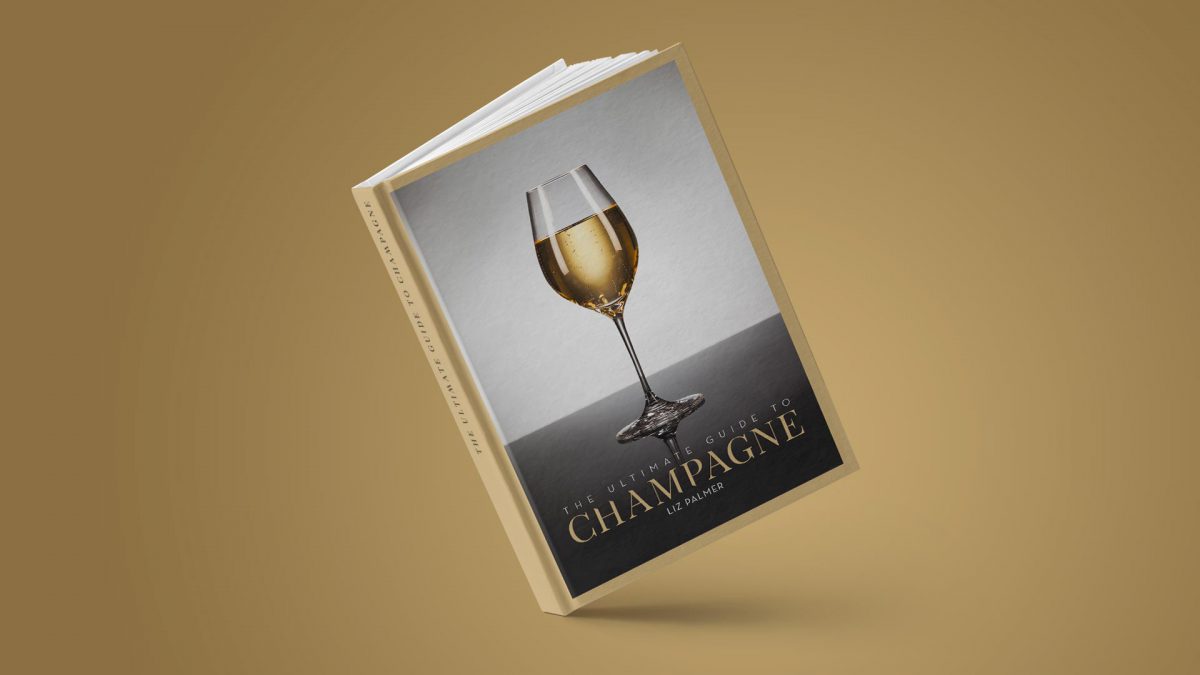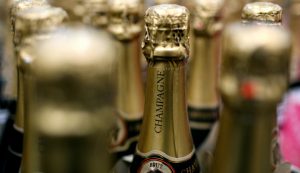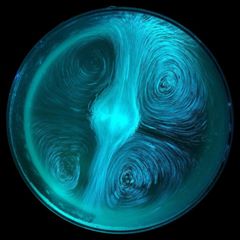 Taking Champagne with Madame Champenoise
Taking Champagne with Madame Champenoise
Liz Palmer graced the Wine Angels with her presence in the Cave (Toronto) last month to toast to the release of her new book The Ultimate Guide to Champagne. Liz’s love affair with wine began nine years ago, as she made the transition from law to a studying Somm. As we sipped, savoured, and yes, SABERED in her honour, it became apparent that we could all agree that no matter the question – Champagne is ALWAYS the answer. As we poured ourselves some champers and settled into chat – Liz told us about her continued book tour plans (Paris, New York and Toronto), and how she will soon be launching her own Champagne brand- How cool! Liz is fondly known as the “Queen of Champagne”, but we call her “Madame Champenoise”!
If you could describe the purpose of your book in one sentence, what would it be?
The Champagne Bible
Do you consider yourself a Champagne purist?
I’m a purist when it comes to vintage Champagne, but I am still open minded. There are people in France who don’t believe that you should cook with Champagne. Then, there is the topic of decanting Champagne, it does change the taste and effect the bubbles – true purists don’t agree with decanting.
What was the very first Champagne you drank in the region?
Drappier Champagne from the Aube region. Champagne has been produced by the Drappier family for eight generations and I’ve have the honour to meet and taste with three generations Andre, Michel and Charline. I just fell in love with their wines when I visited them several years ago. They a “champagne table” that holds your champagne glass and purse – what else do you need.
What is your favourite Champagne?
The 1998 Dom Pérignon, I tasted with the chef de Cave Richard Geoffroy and a sommelier in a private intimate tasting experience a few years ago – It was memorable! (Find it in the LCBO here)
Is there another female that inspires you?
It’s difficult naming one, but Maggie Henríquez, the CEO of Krug stands out, she is quite a dynamic woman. There are more females in ownership, management and board roles than ever before. I’ve interviewed quite a few of these women and have mentioned a few of them in my book “The Ultimate Guide To Champagne” (even our very own Angela Aiello).
What is your favourite wine pairing?
Oysters and champagne –there is nothing better!
What are you wearing if Champagne is the perfect accessory?
Either an elegant evening gown or a bathrobe.
If you were talking to someone who didn’t know anything about Champagne, what would be the key thing you would want to tell them?
Two things – firstly, how to shop for champagne, and secondly how to taste it.
When you’re not writing, or drinking Champagne, where are you and what’s in your glass?
I love Chablis. I also been going in between Sauvignon Blanc and Pinot Grigio. During the spring time I focus on Provence rosé.
And the final question – have you ever sabered!?! And tell us about your experience.
I’m a beginner – I just bought my first saber from Reims, France and it is a Laguiole brand. I’ve been practicing off the back of my boat!
Liz’s champagne and wine adventures! Follow me on Instagram here!







